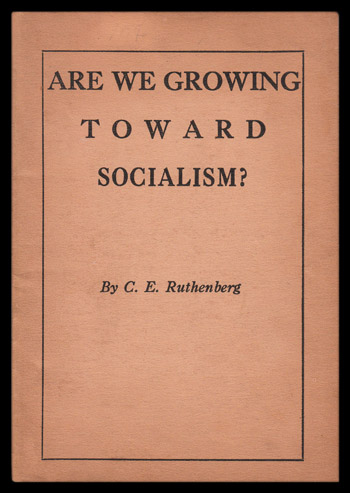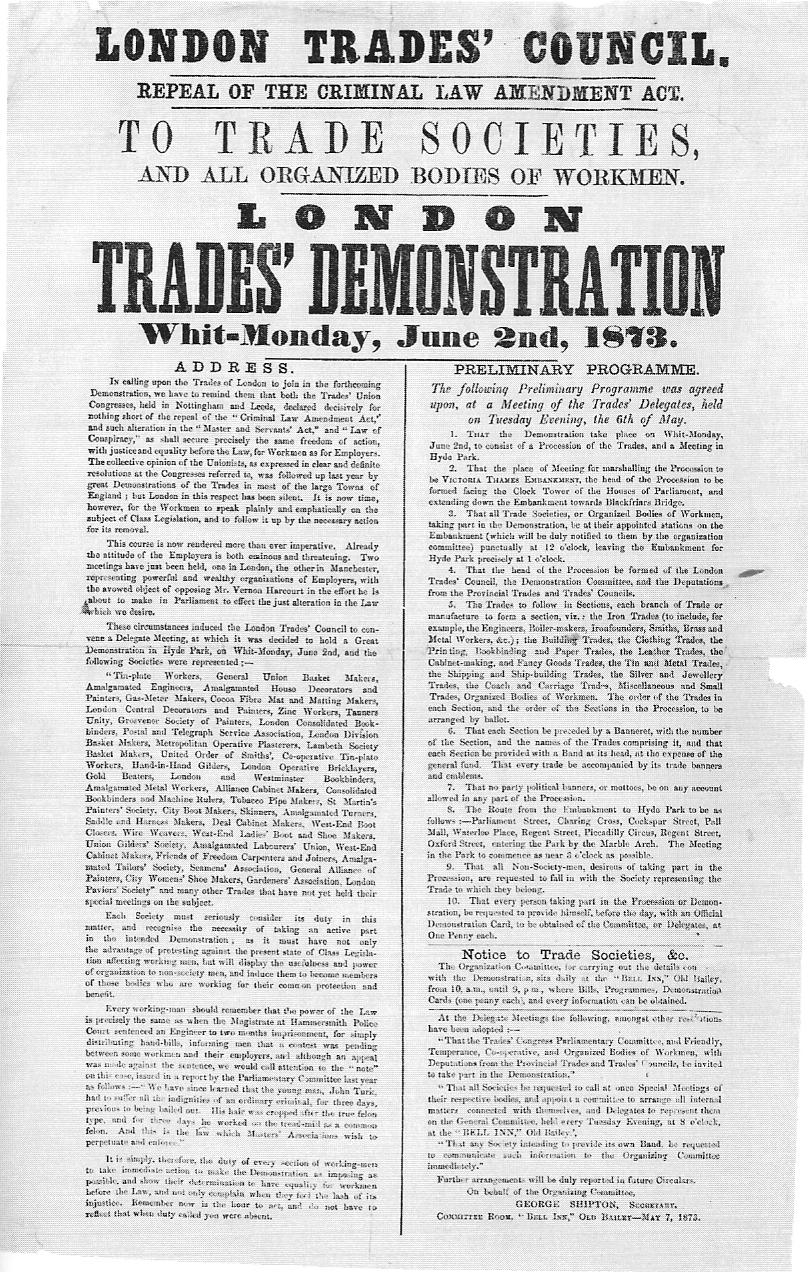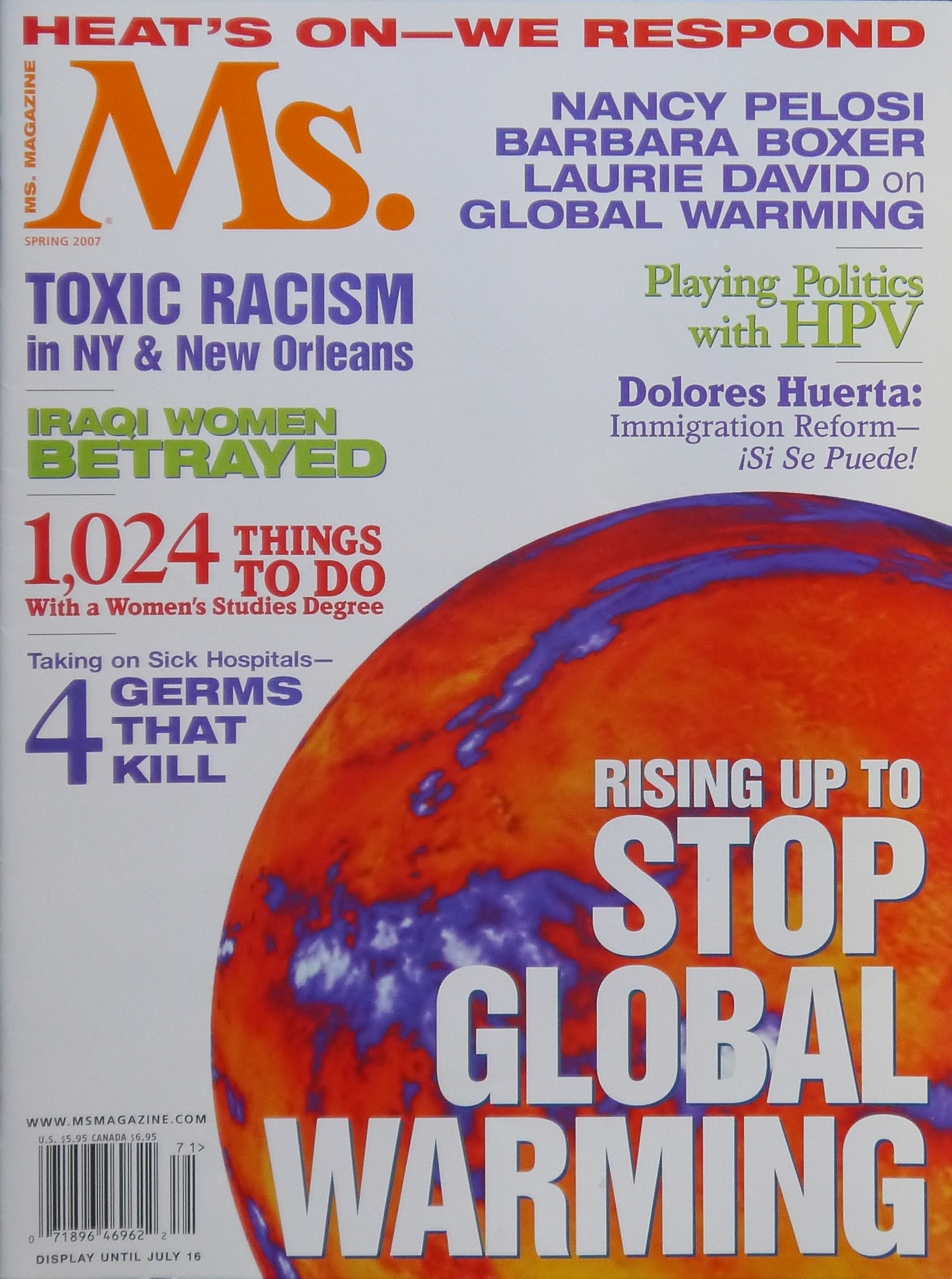|
Charles Ruthenberg
Charles Emil Ruthenberg (July 9, 1882 – March 1, 1927) was an American Marxist politician who was the founder and first head of the American Communist Party (CPUSA). He is one of five Americans to be buried in the Kremlin Wall Necropolis. Early life, education, and early career Charles Emil Ruthenberg was born July 9, 1882, in Cleveland, Ohio, the son of Wilhelmina (née Lau) and August Charles Ruthenberg. Ruthenberg's parents were ethnic Germans and Lutherans who emigrated from Prussia in 1882. In America, young "Charlie's" father first worked in America on the docks of the Cuyahoga River as a longshoreman. In later years the elder Ruthenberg went into business for himself with a son-in-law, tending bar at a saloon frequented evenings by those who worked on the docks. Ruthenberg graduated from the local parochial Lutheran school in June 1896.Johnson, ''The Day is Coming,'' pg. 14. He went to work in a bookstore, attending Berkey and Dyke's Business College in the evenings ... [...More Info...] [...Related Items...] OR: [Wikipedia] [Google] [Baidu] |
Communist Party Of America
The Communist Party USA (CPUSA), officially the Communist Party of the United States of America, also referred to as the American Communist Party mainly during the 20th century, is a communist party in the United States. It was established in 1919 in the wake of the Russian Revolution, emerging from the far-left wing of the Socialist Party of America (SPA). The CPUSA sought to establish socialism in the U.S. via the principles of Marxism–Leninism, aligning itself with the Communist International (Comintern), which was controlled by the Soviet Union. The CPUSA's early years were marked by factional struggles and clandestine activities. The U.S. government viewed the party as a subversive threat, leading to mass arrests and deportations in the Palmer Raids of 1919–1920. Despite this, the CPUSA expanded its influence, particularly among industrial workers, immigrants, and African Americans. In the 1920s, the party remained a small but militant force. During the Great Depr ... [...More Info...] [...Related Items...] OR: [Wikipedia] [Google] [Baidu] |
Longshoreman
A dockworker (also called a longshoreman, stevedore, docker, wharfman, lumper or wharfie) is a waterfront manual laborer who loads and unloads ships. As a result of the intermodal shipping container revolution, the required number of dockworkers has declined by over 90% since the 1960s. Etymology The word ''stevedore'' () originated in Portugal or Spain, and entered the English language through its use by sailors. It started as a phonetic spelling of ''estivador'' ( Portuguese) or ''estibador'' ( Spanish), meaning ''a man who loads ships and stows cargo'', which was the original meaning of ''stevedore'' (though there is a secondary meaning of "a man who stuffs" in Spanish); compare Latin ''stīpāre'' meaning ''to stuff'', as in ''to fill with stuffing''. In Ancient and Modern Greek, the verb στοιβάζω (stivazo) means pile up. In Great Britain and Ireland, people who load and unload ships are usually called ''dockers''; in Australia, they are called ''stevedores'', ''do ... [...More Info...] [...Related Items...] OR: [Wikipedia] [Google] [Baidu] |
Trade Union
A trade union (British English) or labor union (American English), often simply referred to as a union, is an organization of workers whose purpose is to maintain or improve the conditions of their employment, such as attaining better wages and Employee benefits, benefits, improving Work (human activity), working conditions, improving safety standards, establishing complaint procedures, developing rules governing status of employees (rules governing promotions, just-cause conditions for termination) and protecting and increasing the bargaining power of workers. Trade unions typically fund their head office and legal team functions through regularly imposed fees called ''union dues''. The union representatives in the workforce are usually made up of workplace volunteers who are often appointed by members through internal democratic elections. The trade union, through an elected leadership and bargaining committee, bargains with the employer on behalf of its members, known as t ... [...More Info...] [...Related Items...] OR: [Wikipedia] [Google] [Baidu] |
Labor Movement
The labour movement is the collective organisation of working people to further their shared political and economic interests. It consists of the trade union or labour union movement, as well as political parties of labour. It can be considered an instance of class conflict. * In trade unions, workers campaign for higher wages, better working conditions and fair treatment from their employers, and through the implementation of labour laws, from their governments. They do this through collective bargaining, sectoral bargaining, and when needed, strike action. In some countries, co-determination gives representatives of workers seats on the board of directors of their employers. * Political parties representing the interests of workers campaign for labour rights, social security and the welfare state. They are usually called a labour party (in English-speaking countries), a social democratic party (in Germanic and Slavic countries), a socialist party (in Romance countr ... [...More Info...] [...Related Items...] OR: [Wikipedia] [Google] [Baidu] |
Midwestern United States
The Midwestern United States (also referred to as the Midwest, the Heartland or the American Midwest) is one of the four census regions defined by the United States Census Bureau. It occupies the northern central part of the United States. It was officially named the North Central Region by the U.S. Census Bureau until 1984. It is between the Northeastern United States and the Western United States, with Canada to the north and the Southern United States to the south. The U.S. Census Bureau's definition consists of 12 states in the north central United States: Illinois, Indiana, Iowa, Kansas, Michigan, Minnesota, Missouri, Nebraska, North Dakota, Ohio, South Dakota, and Wisconsin. The region generally lies on the broad Interior Plain between the states occupying the Appalachian Mountain range and the states occupying the Rocky Mountain range. Major rivers in the region include, from east to west, the Ohio River, the Upper Mississippi River, and the Missouri River. The 2020 ... [...More Info...] [...Related Items...] OR: [Wikipedia] [Google] [Baidu] |
Northeastern United States
The Northeastern United States (also referred to as the Northeast, the East Coast, or the American Northeast) is List of regions of the United States, census regions United States Census Bureau. Located on the East Coast of the United States, Atlantic coast of North America, the region borders Canada to its north, the Southern United States to its south, the Midwestern United States to its west, and the Atlantic Ocean to its east. The Northeast is one of the four regions defined by the U.S. Census Bureau for the collection and analysis of statistics. The Census Bureau defines the region as including the six New England states of Connecticut, Maine, Massachusetts, New Hampshire, Rhode Island, and Vermont, and three lower North-Eastern states of New Jersey, New York (state), New York, and Pennsylvania. Some expanded definitions of the region include Mid-Atlantic (United States), Mid-Atlantic locations such as Delaware, Maryland, Northern Virginia, and Washington, D.C. The regio ... [...More Info...] [...Related Items...] OR: [Wikipedia] [Google] [Baidu] |
Arthur LeSueur
Arthur LeSueur or Arthur Le Sueur (December 7, 1867– March 19, 1950) was an American newspaper editor, politician, and lawyer. LeSueur, a socialist, served as the mayor of Minot, North Dakota from 1909 until his resignation in 1911. Early life Arthur LeSueur was born on December 7, 1867, in Hastings, Minnesota, to John and Amy LeSueur, who had recently arrived in America from Jersey, in the Channel Islands.Meridel LeSueur, ''Crusaders: The Radical Legacy of Marian and Arthur LeSueur.'' St. Paul, MN: Minnesota Historical Society Press, 1984; pg. 15. As a child, LeSueur's mother died in an accident and Arthur was forced along with his siblings into farm work at a very young age. In 1880, LeSueur left the family farm and moved to Arvilla, Dakota Territory, where he worked as a wood-cutter in the winter months and a grain thresher during the harvest season.LeSueur, ''Crusaders,'' pg. 21. During this time, LeSueur saved extra money for law school tuition. In 1889, he began work ... [...More Info...] [...Related Items...] OR: [Wikipedia] [Google] [Baidu] |
Cuyahoga County, Ohio
Cuyahoga County ( or , see ) is a large urban County (United States), county located in the Northeast Ohio, northeastern part of the U.S. state of Ohio. The county seat and most populous city is Cleveland. As of the 2020 United States census, 2020 census, its population was 1,264,817, making it the List of counties in Ohio, second-most populous county in the state. Cuyahoga County is situated on the southern shore of Lake Erie, across the Canada–United States border, U.S.–Canada maritime border. The county is bisected by the Cuyahoga River, after which it was List of Ohio county name etymologies, named. "Cuyahoga" is an Iroquoian languages, Iroquoian word meaning "crooked river". It is the core county of the Greater Cleveland, Cleveland, OH Metropolitan Statistical Area and Northeast Ohio#Combined Statistical Area, Cleveland–Akron–Canton, OH Combined Statistical Area. History The land that became Cuyahoga County was previously part of the French colony of New France ... [...More Info...] [...Related Items...] OR: [Wikipedia] [Google] [Baidu] |
Socialist Party Of America
The Socialist Party of America (SPA) was a socialist political party in the United States formed in 1901 by a merger between the three-year-old Social Democratic Party of America and disaffected elements of the Socialist Labor Party of America who had split from the main organization in 1899. In the first decades of the 20th century, the SPA drew significant support from many different groups, including trade unionists, Progressivism, progressive social reformers, Populism, populist farmers and immigrants. Eugene V. Debs twice won over 900,000 votes in presidential elections (1912 United States presidential election, 1912 and 1920 United States presidential election, 1920), while the party also elected two United States House of Representatives, U.S. representatives (Victor L. Berger and Meyer London), dozens of state legislators, more than 100 mayors, and countless lesser officials. The party's staunch American entry into World War I#In the United States, opposition to America ... [...More Info...] [...Related Items...] OR: [Wikipedia] [Google] [Baidu] |
Left-wing Politics
Left-wing politics describes the range of Ideology#Political ideologies, political ideologies that support and seek to achieve social equality and egalitarianism, often in opposition to social hierarchy either as a whole or of certain social hierarchies. Left-wing politics typically involve a concern for those in society whom its adherents perceive as disadvantaged relative to others as well as a belief that there are unjustified inequalities that need to be reduced or abolished, through radical means that change the nature of the society they are implemented in. According to emeritus professor of economics Barry Clark, supporters of left-wing politics "claim that human development flourishes when individuals engage in cooperative, mutually respectful relations that can thrive only when excessive differences in status, power, and wealth are eliminated." Within the left–right political spectrum, ''Left'' and ''right-wing politics, Right'' were coined during the French Revolu ... [...More Info...] [...Related Items...] OR: [Wikipedia] [Google] [Baidu] |
Mayor Of Cleveland
The mayor of Cleveland is the head of the executive branch of Local government in the United States, government of the Cleveland, City of Cleveland, Ohio. As the chief executive in Cleveland's Mayor–council government#Strong-mayor government form, mayor–council (strong mayor) system, the mayor oversees all city services and is "responsible for enforcing the city charter, city ordinances, and the laws of the State of Ohio." The mayor's office is located at Cleveland City Hall at 601 Lakeside Avenue in Downtown Cleveland. Since 1836, the city has had a total of 54 mayors, including the city's current mayor, Justin Bibb, encompassing 58 mayoral administrations, as four mayors have served in non-consecutive terms. History Cleveland was established by General Moses Cleaveland and surveyors of the Connecticut Land Company on July 22, 1796. The settlement (then known as "Cleaveland", after its founder) was incorporated as a village on December 23, 1814. At this time, the position of ... [...More Info...] [...Related Items...] OR: [Wikipedia] [Google] [Baidu] |







